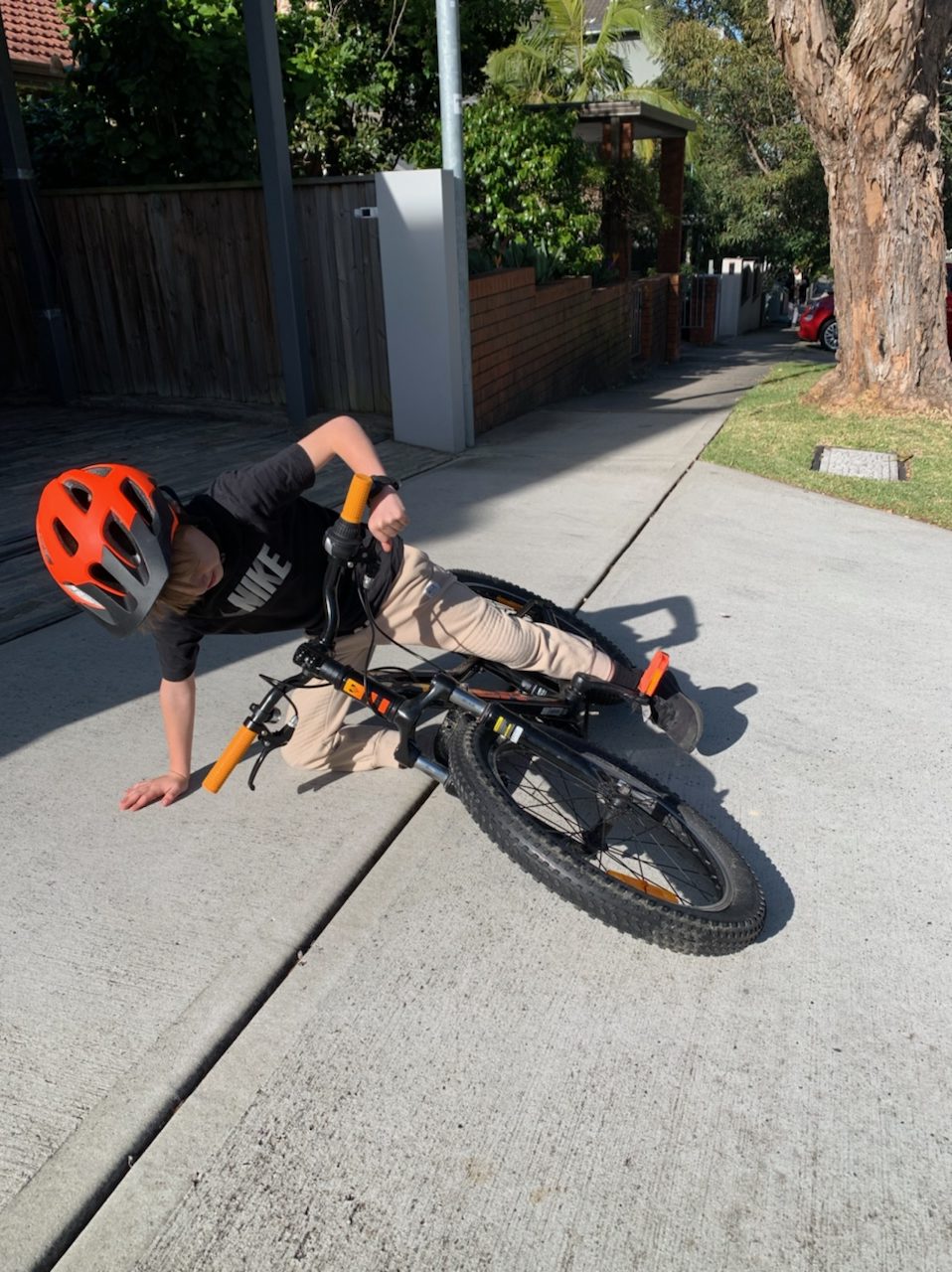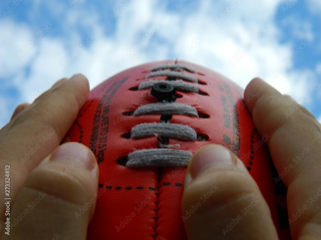A finger dislocation is a very common injury and can happen in a flash. Have you or someone you know ever jarred your finger thinking it would get better, and weeks go by, and it is still swollen, painful, restricted in movement or slightly bent or crooked? Well, you may have sprained or dislocated your finger.
The hand is made up of several joints which allow movement. These joints are held in place by ligaments on either side and around the joint to provide support and stability.
What is a finger dislocation?
A dislocation occurs when the two bones that make up a joint are moved (dislocated) from their normal position. A finger dislocation can occur in any of the finger joints, but it occurs most often in the middle knuckle (PIP joint). The ligaments could be torn or damaged depending on the direction and force of the dislocation, resulting in either a sprain or a tear. In some cases, there can be a fracture associated with the dislocation. This injury can occur quickly, and the joint may realign itself in the moment or it may need to be re-aligned (reduced) by a doctor. Sometimes surgery is required to stabilize the joint.
How can a finger dislocation occur?
Common examples of when a joint dislocation could happen are:
- catching the finger sideways in a dog leash while walking,
- during a fall when the finger is twisted, bent, or pushed backwards with force,
- at speed with direct contact from a ball during sports or, contact from another player,
- or when using tools during work or DIY tasks just to name a few.
What are the symptoms of a finger dislocation?
A dislocated finger is usually obvious, but not always. The finger may appear crooked or bent and can be painful, swollen, bruised and difficult to move. There may be numbness or tingling and some dislocations may cause the skin to tear.
Your GP may send you for an X-ray, which often returns normal without fracture. However, as the scar tissue starts to develop around the injured ligaments between 10 to 14 days after injury, we see the finger start to rest in a bent position. There is often difficulty straightening the joint and pain can be experienced with force from the side or from the top.
How can a hand therapist help your recovery?
Hand therapists are concerned with the overall function of the finger joints. If there has been a dislocation it could mean that the pain, swelling, restricted joint movement, and reduced grip strength could negatively affect your hand function.
The hand therapist can help to assess the ligament that has been injured, determine if it is stable, provide a compression bandage to reduce the swelling, and place the finger in a thermoplastic splint or buddy straps to rest the injured finger. Once the ligaments have had some time to rest and the pain has settled it is then important to start moving the joints in a safe way that will allow the structures to glide, without increasing pain.
Finger joint dislocations can happen in a flash, while doing even the most normal day-to-day activities. Our fingers are so important for our daily function and if an injury is caught early and treated appropriately it will heal well and prevent you from having difficulties with movement and strength in the future.
by Mia McKellar-Basset




